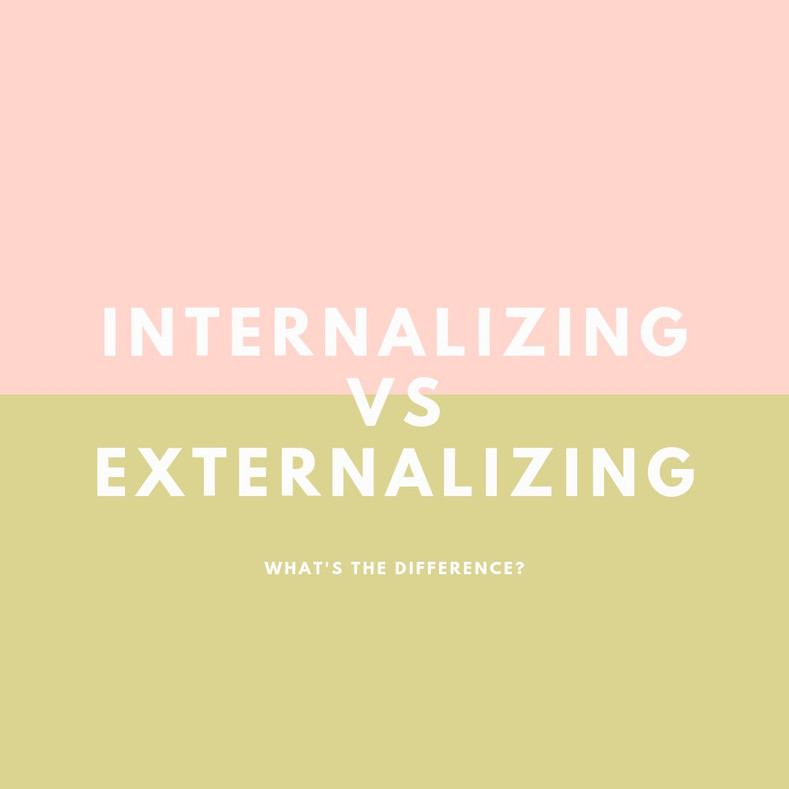Everything Has A Cost…So Who’s Paying For It? Internalizing vs Externalizing Costs

Let me tell you, each day is a new learning day at Life Without Plastic. But really, how can it not be? Life Without Plastic co-founders, Jay and Chantal, are pioneers in this eco-business, establishing the company in 2006, with law degrees from one of the best schools in the world Jay lends his expertise as a scientist with a background in BioChemistry and Ecotoxicology, while Chantal acts as CEO of the company with a Masters in Social Entrepreneurship.
Since I started working at Life Without Plastic three years ago, my eyes have been awakened to the ubiquity of plastic in our lives – in our environments, our products, and even our own bodies. I have had the opportunity to learn about the perils of plastic beyond what I ever thought I would know – about plastic recycling, or the lack of, about its chemical properties, about how its chemicals interact with our endocrine system, and how it far outlives any of us.
The other day, Chantal walked into the Life Without Plastic office, and we could tell she was on a mission. She wanted to talk. She wanted to talk about the internalizing and externalizing of costs. As an environment student, I had a good idea about externalities, the side effects or consequences of commercial activities that affect other parties, people, or countries without being reflected in the cost of the goods or services involved. Pollution is probably the most commonly understood externality – where the transaction between a buyer and a seller of a product has a negative impact on a third party who is not part of the exchange. Our demand for cheap, supersized, disposable products negatively impacts people, countries, and species, through the pollution this industrial process creates.
So when Chantal came into the office ready to talk about internalizing and externalizing costs, I was intrigued. Disconcertedly, she held up a box of Calvin Klein underwear, packaged in a plastic box, with a dozen plastic clips holding the underwear together, and plastic inserts to keep the box rigid and looking good in a storefront. As she disassembled the box, she began to talk about how companies get away with packaging their products in fancy unrecyclable transparent cheap plastic that help to sell their products but that is a burden to our environment.
“Look at this. Now I, the consumer, am responsible for this plastic in this box of underwear. And after me, it will end up in a landfill, waterway, or god forbid, in the body of an animal. All because this company chose to leave the burden on the consumer, instead of themselves.”
This thought stuck with me. Everything does have a cost, doesn’t it? In school, I recently learned that if the Canadian oil industry had to pay for the damages it incurs, through oil spills, clearing forests, damage to ecosystems, to livelihoods and to human health, the industry would be bankrupt. The oil industry doesn’t pay for these costs. We do. Through our tax dollars, through cleanups, through health care bills and insurance. (Source: IMF)
The idea of internalizing versus externalizing cost is everywhere once you start to look. In every product, manufacturers make a decision. They can either internalize the cost of their product and pay to make it environmentally sound – or they can look the other way and, a pass the burden and cost to the consumer, to the environment and to other humans and species.
Plastic plays an integral role in this equation. Pretend that I’m a business owner, striving to maximize profit. I will create a product as inexpensively as I can (Business 101, right?). Well to do that – I have a number of choices. I can employ cheap labour, use cheap material (hello plastic!) and externalize costs. Plastic is cheap, and therein lies the problem. This material is economical for the producer, even the consumer, but it inevitably has a price. And don’t we know it. We are all paying for this plastic crisis – with our polluted rivers, oceans, health problems, and beyond.
Just last month, TreeHugger posted an article quantifying our waste problem.
“Global plastic pollution and the damage it causes to marine ecosystems now has a price tag attached to it. A team of researchers from the UK and Norway analyzed the many ways in which plastic pollution damages or destroys natural resources, and came up with a staggering figure – $2.5 billion – as the annual cost to society.”
Plastic pollution is costing us. Period. And companies are at the forefront of this problem, streamlining their products to transfer all costs onto us.
Do all companies do this? No, of course not. At Life Without Plastic, we pride ourselves on internalizing costs. And that is precisely why our products simply cannot compete price-wise with big businesses and that certain infamous online store that is slowly taking over the world. We internalize the costs of our products – through ethical employment standards, by using durable products, by avoiding plastic, and by shipping plastic-free.
Last week, we launched a new LWPop! Product ( Life Without Plastic pop-up product) that exemplifies this phenomenon perfectly. We launched a plastic-free makeup palette. The case is made of sustainably-harvested bamboo, and the makeup is cruelty-free, toxic-free, vegan, and made in Canada.

Walk down any drug store in any city in any country, take in the rows of cosmetic products and you will become hyper-aware of the plastic problem in the beauty industry. Every single eyeshadow palette I picked up in the drugstore was packaged in plastic and was made of a hard plastic shell. Additionally, they are tested on animals, made of unpronounceable ingredients, and made on the other side of the world.

It is cheaper to buy a makeup palette from your nearby drugstore. OF COURSE, IT IS! But, that makeup palette has costs that someone else will be paying for. That makeup case made of hard plastic? It is not recyclable and will live forever… where do you think it will end up? Who do you think it will harm? Those hyper-pigmented shades? They were probably tested on animals. Is the shipping free? Shipping always has a price…think of the companies that offer free shipping, and question who is actually incurring these costs.
We don’t mean to scare you or guilt you. We understand how difficult it is to be a consumer in this plastic, profit-obsessed world that corporations have created. I am writing this article to empower and educate, a powerful combination.
Be mindful why products are inexpensive, and understand why products sometimes cost more. We, as the consumer, hold so much power in our capacity to demand ethically-made, quality, and environmentally sound products. We need to understand and harness that power.
